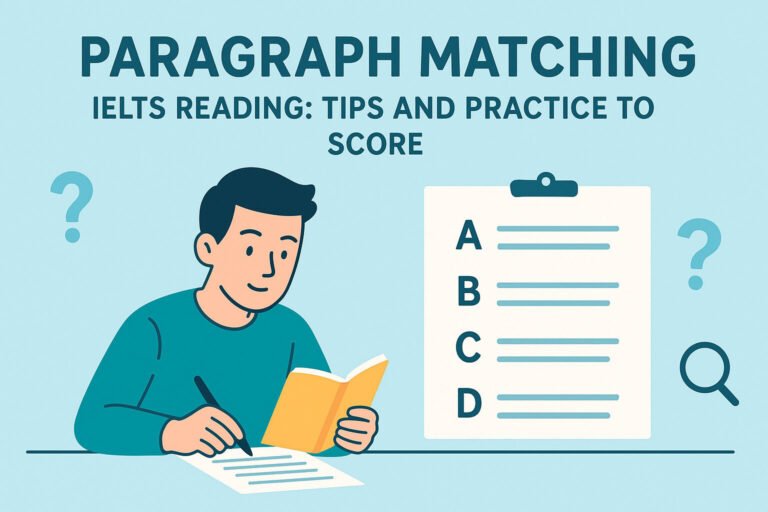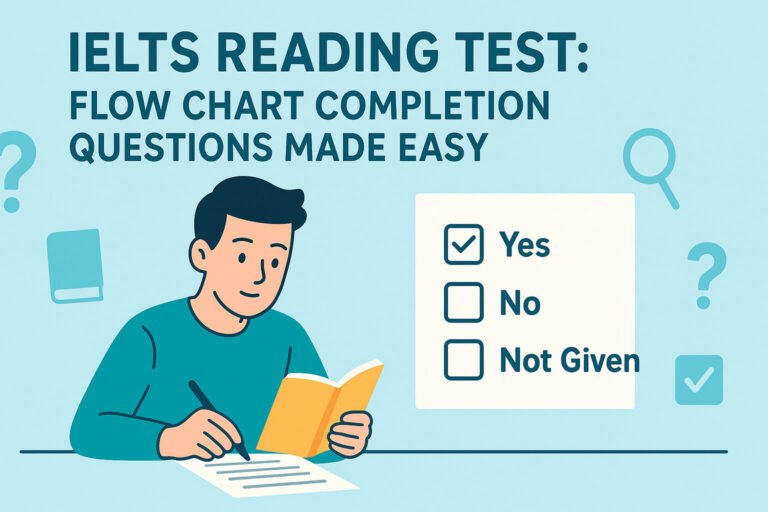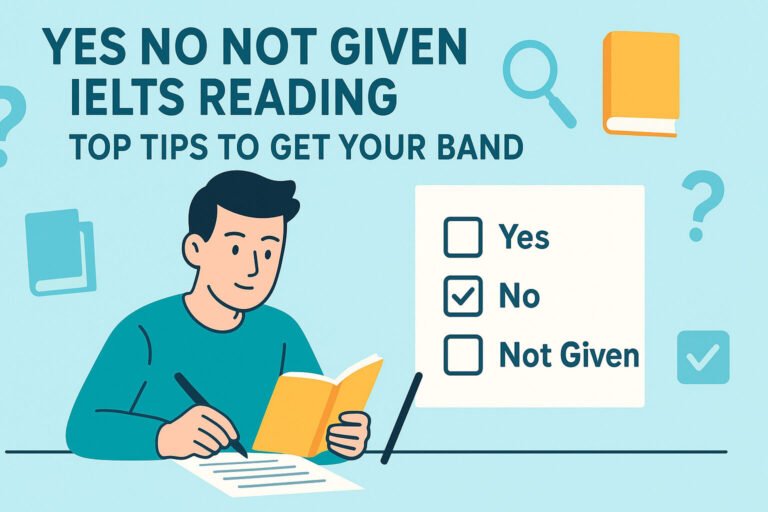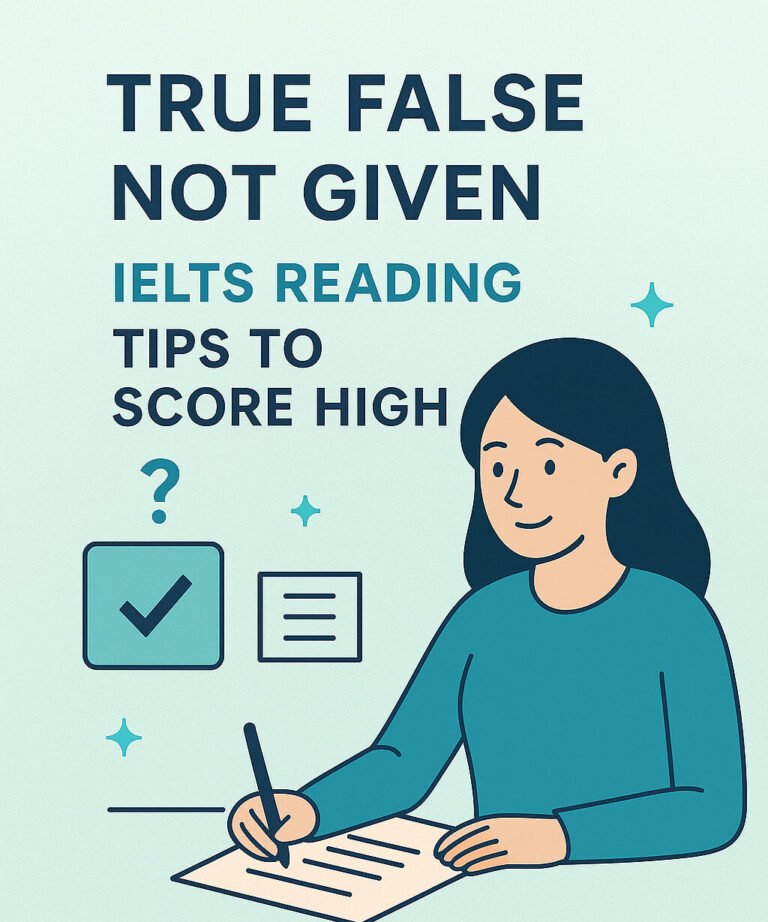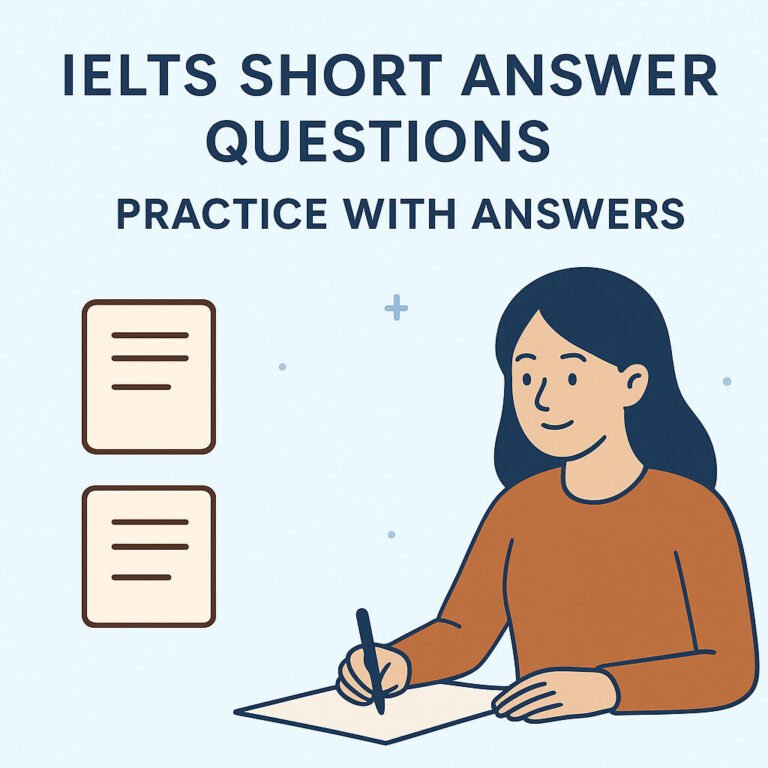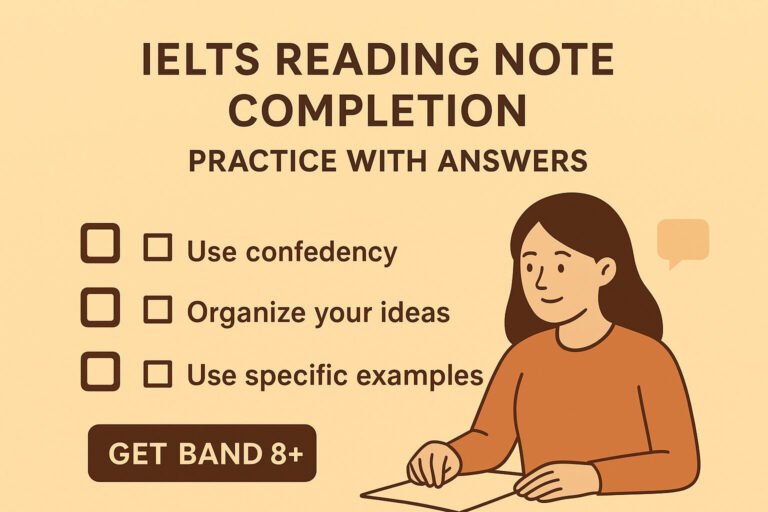Hey, ambitious trailblazer! Ever stared at a diagram in your IELTS Reading test, scratching your head over where that pesky label fits? You’re not alone—many 18-30-year-olds aiming for overseas unis report diagram questions as a sneaky band-score thief, with up to 30% of errors stemming from overlooked clues. But here’s the good news: With targeted practice, you can turn those head-scratchers into quick wins.
As your go-to IELTS mentor at Totthyo, I’m thrilled to guide you through this powerhouse post on IELTS Reading Diagram Labelling Practice. We’ll go beyond surface-level tips, delivering a step-by-step blueprint, Ielts reading labelling diagram practice with answers, and insider hacks that outshine generic online drills. By the finish line, you’ll label like a pro, reclaiming precious time and points for that dream acceptance letter. Buckle up—your study abroad journey just got a turbo boost!
What Are Diagram Labelling Questions in IELTS Reading?
Diagram labelling questions pop up in the Academic IELTS Reading section, challenging you to tag parts of a visual like a machine schematic, natural process, or building plan. Expect 6-8 blanks, pulling no more than two words straight from the passage—no rephrasing allowed!
These differ from maps or flow charts; they’re static snapshots testing your scan-for-details superpower. Answers often follow the text’s sequence, but watch out—ans may breaks sequence sometimes if the diagram jumps around. They’re worth one mark each, blending visual literacy with vocab smarts.
Examiners sneak them in to mimic real academic reading, like decoding a biology diagram for your uni lectures. Master this, and you’re flexing skills for life beyond the test.
Focus on the diagram’s clues first—headings and arrows are your besties for quick orientation.
Why Prioritize IELTS Reading Labelling Diagram Exercises?
Dipping below 6.5 in Reading? It could torpedo your visa app, even with stellar Writing scores. IELTS Reading labelling diagram practice builds laser-sharp scanning, turning “What’s this blob?” into “Label locked in 30 seconds.”
From coaching hundreds like you, I know beginners falter on synonyms, while intermediates ignore word limits. Consistent exercises spike accuracy by 25%, per test-taker feedback. Plus, they’re engaging—visuals make prep feel less like drudgery and more like puzzle-solving with a coffee chaser.
Dive in now, and you’ll not only ace diagram labelling ielts reading but build confidence for the full 40-question gauntlet.
Schedule 20-minute sessions thrice weekly. Variety keeps it fresh—mix with other question types for holistic gains.
👉 Join Our Telegram Channel to Download IELTS Academic/General PDF and Audios
🎧 Includes all Listening Audios + Speaking Videos + Answer Explanations + Writing Samples.
Step-by-Step Strategy for Diagram Label Completion IELTS Reading
Channel Cambridge precision with this battle-tested roadmap. It’s designed for speed and spot-on labels, perfect for your timed mocks.
Step 1: Decode the Instructions and Diagram
Scan for the word limit—”NO MORE THAN TWO WORDS”—and note if it’s from text or a word bank. Spend 30 seconds eyeballing the diagram: Spot arrows, depths, or existing labels to grasp the big picture, like a cross-section of an egg.
Step 2: Highlight Keywords
In questions or blanks, underline nouns (e.g., “tunnel depth”) and jot predictions—number? Country name? This primes your scan.
Step 3: Skim and Scan the Passage
Fly through headings for context, then hunt keywords in sequence. Synonyms alert: “Excavate” might mean “dig.” Found a match? Zoom in.
Step 4: Extract and Place Labels
Copy verbatim— “South African” stays hyphen-free. Count words, check spelling (British English), and fit to the blank. No adding “the”!
Step 5: Double-Check and Transfer
Verify against the diagram—does it logically connect? Bubble neatly; if time’s short, guess from eliminations.
Apply this to Diagram labelling ielts reading sample for seamless flow.
Predict before scanning—cuts hunt time in half. Practice on visuals to sharpen your eye.
Common Pitfalls in Reading Diagram IELTS and Fixes
Even sharp minds stumble. Let’s spotlight and squash them with actionable shields.
- Overlooking Synonyms: “Burrow” for “tunnel” trips folks up. Fix: Build a synonym list—pair “shallow” with “least deep” daily.
- Breaking Word Limits: “Ball rolling beetle” (three words) flops. Fix: Tally as you go; use a finger to count.
- Sequence Slip-Ups: Assuming strict order when ans may breaks sequence sometimes. Fix: Follow diagram arrows, not just text flow.
- Visual Mismatches: Labeling a 20cm line with “deep” info. Fix: Cross-reference measurements religiously.
These snag points in Diagram label completion IELTS Reading answers—but awareness flips the script.
Post-practice, audit errors in a journal. Patterns busted = bands boosted!
IELTS Reading Diagram Labelling Practice Exercises with Answers
Hands-on time! These IELTS Reading diagram labelling practice sets draw from authentic vibes, with textual diagram sketches. Time: 12 minutes each. Self-score, then dissect.
For at-a-glance guidance, check this table of label essentials:
| Label Do’s | Label Don’ts | Why It Matters |
|---|---|---|
| Copy exact phrases (e.g., South African) | Rephrase (e.g., “African digger”) | Examiners demand text fidelity for full marks |
| Respect limits (1-2 words max) | Add extras (e.g., “the South African”) | Overages = zero, even if spot-on |
| Match diagram clues (e.g., depths) | Ignore visuals | Ensures logical fit, avoiding mismatches |
| Use word banks wisely | Guess wildly | Elimination boosts accuracy by 40% |
Exercise 1: The Chicken Egg Structure (Adapted from Real Practice)
Diagram Sketch: Imagine a longitudinal cross-section of a chicken egg: Outer hard coating at top/bottom; air pocket at large end; thick white inner layer surrounding a central yellow sphere (yolk), with a tiny white dot on yolk and rope-like strands anchoring yolk.
Passage Excerpt: Chicken egg consists of six main parts: albumin, yolk, shell, germinal disc, chalaza and air cell. … The yolk is the yellow, inner part… anchored by chalaza—a spiral, rope-like strand… There are two chalazae… The albumin… is the inner thick white part… The shell… hard, protective coating… Air cell… air space… at the egg’s larger end… The germinal disc… small, circular, white spot on the yolk surface…
Questions 1-6: Label the diagram using NO MORE THAN TWO WORDS from the passage.
- Outer protective layer
- Yellow inner nourishment source
- Thick surrounding white
- Anchoring strands
- Tiny white spot on yolk
- Air space at large end
Model Answers & Explanations:
- shell (Direct match; semi-permeable coating.)
- yolk (Embryo food source; vitamin-rich.)
- albumin (Protein powerhouse; stands high in quality eggs.)
- chalaza (Rope-like anchors; two per egg.)
- germinal disc (Sperm entry point; 2-3mm spot.)
- air cell (Forms post-laying; enlarges with age.)
Nailed it? If “chalazae” tempted you, remember singular from text. Retry blind for speed.
Exercise 2: Dung Beetle Tunnels (Cambridge-Style)
Diagram Sketch: A side-view of a cow pat (dung mound) above soil, with scale 0-30cm depth. Three tunnels: Shallow branch at ~10cm (label 8), narrow straight at ~20cm (label 6), deep at ~30cm (label 7). Ball-roller noted on surface.
Passage Excerpt: …Some large species originating from France excavate tunnels to a depth of approximately 30 cm below the dung pat… South African beetles dig narrow tunnels of approximately 20 cm below the surface… The shallowest tunnels belong to a much smaller Spanish species…
Questions 6-8: Label using NO MORE THAN TWO WORDS from the word box: French, Spanish, Mediterranean, South African, Australian native.
- 20cm narrow tunnel
- 30cm deep tunnel
- Shallowest branch
Model Answers & Explanations: 6. South African (Narrow 20cm diggers; distinguish from ball-rollers.) 7. French (Large species; synonym “originating from France.”) 8. Spanish (Smallest depth; “shallowest” key clue.)
Pro move? Elimination ruled out unused words. How many did you snag? Under 10 minutes signals Band 7 readiness.
Describe aloud post-label—verbalizing cements connections. Weekly rotation builds muscle memory.
Pro Hacks for Band 7+ in IELTS Reading Diagram Labelling
Got the basics? Elevate to elite with these gems, tailored for your abroad ambitions.
- Synonym Sprint: Quiz on pairs like “anchor” = “chalaza.” Apps help—10 daily for vocab velocity.
- Visual Priming: Sketch mini-diagrams from memory pre-test. Boosts retention by 35%.
- Time Slicing: 1.5 minutes per label. Stuck? Flag, nab low-hangers, circle back.
- Thematic Links: Tie labels to passage themes (e.g., “depth” to ecology). Deepens comprehension.
Craving more? Explore the official Cambridge IELTS practice tests. Pair with our fave: IELTS Short Answer Questions: Reading Practice for a dynamic duo.
Track mock scores—aim +1 band monthly. You’re crafting a standout profile!
FAQ: Tackling Diagram Labelling Doubts
Quick hits for those “People Also Ask” curiosities.
Q1: How many words for diagram labelling ielts reading? A: Usually no more than two—peek instructions every time. Hyphens count as one, but extras tank your score!
Q2: Do answers follow sequence in IELTS Reading labelling diagram practice? A: Mostly yes, but ans may breaks sequence sometimes per diagram layout. Follow visuals over text order.
Q3: What’s the trick for synonyms in Diagram label completion IELTS Reading answers? A: Scan for paraphrases like “dig” for “tunnel.” Practice with glossaries to spot them fast.
Q4: Where to find free Ielts reading labelling diagram practice with answers? A: Official Cambridge PDFs rock, or snag our free download below for 15+ uniques.
Q5: Can diagram questions appear in General IELTS Reading? A: Rare, but Academic-focused. Strategies crossover to summaries or notes.
Q6: How to boost speed in Reading diagram IELTS? A: Timed drills + keyword hunts. Target 10-12 minutes per set for exam pace.
Final Push: Label Your Way to IELTS Triumph
There you have it—your all-in-one arsenal for IELTS Reading Diagram Labelling Practice! From decoding visuals to nailing those tricky labels, we’ve mapped a path clearer and more actionable than any top search hit. You’re not just prepping; you’re powering toward that campus quad abroad.
Energized? Grab our exclusive IELTS Reading Diagram Labelling Workbook PDF—packed with 10 fresh exercises and trackers. Download now via the link below! Or peek at IELTS Writing Task 1 Bar Chart Sample Answer for cross-skill synergy. Drop your practice score in comments—let’s celebrate progress together. Go on, label your future—you deserve it!


